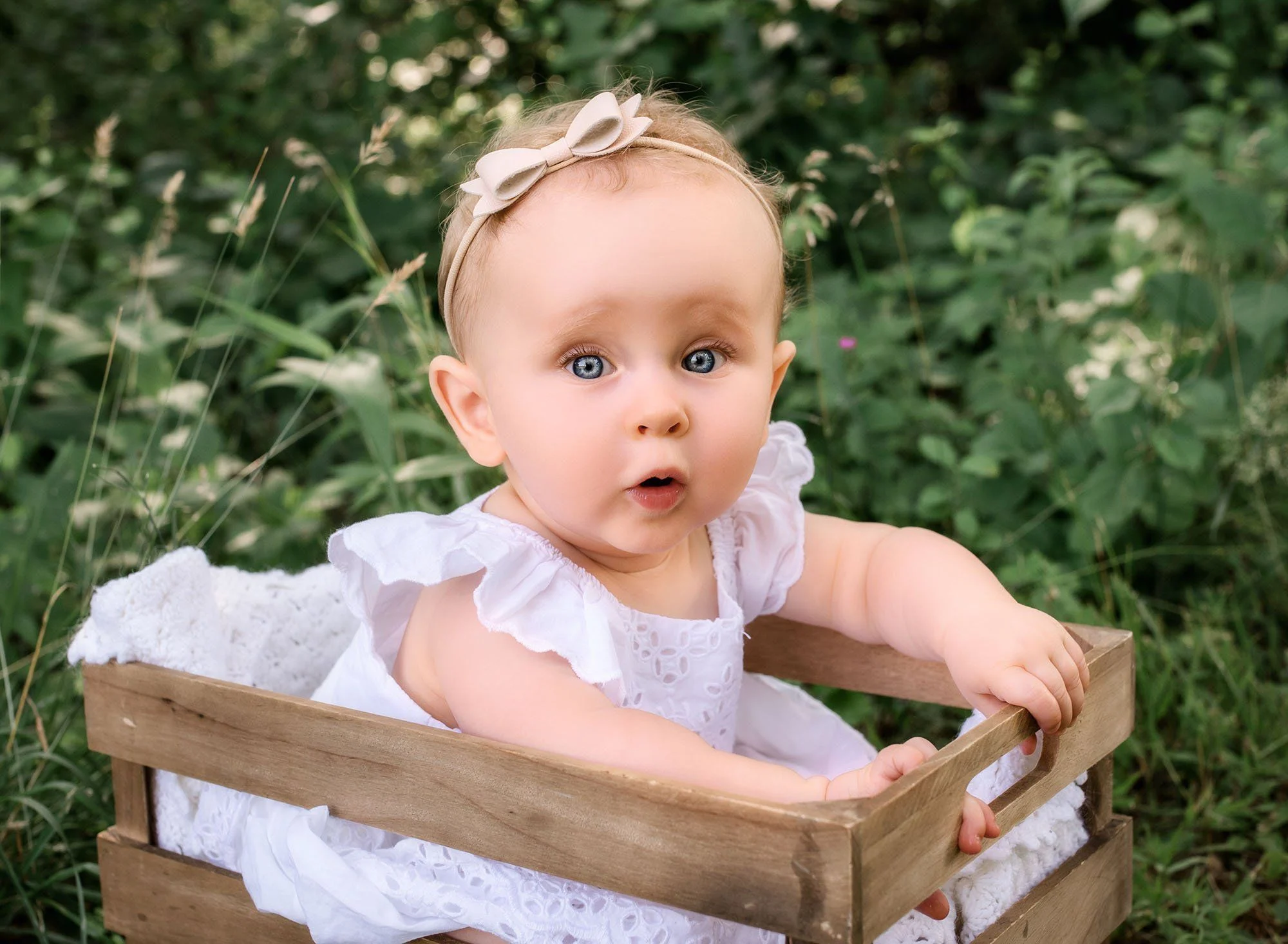The other day, my son had an unfortunate encounter with fire. We were enjoying a camping trip at a nearby state park while the men fished, and we decided to light a small fire for warmth. The children were captivated by it.
Fire has a primal allure. It’s beautiful, powerful, and evokes a sense of magic, fulfilling a deep-seated human instinct to control it. As a force of nature, fire can both create and destroy, serving as a source of warmth and a potential hazard. It’s no surprise that children are naturally drawn to it.
We started our fire-building adventure with tinder, constructing a sturdy tower around it like seasoned scouts. We gathered logs around the perimeter and sent the kids off to collect sticks to feed the flames. Once we struck the match, the fire slowly emerged, crackling happily.
The kids were eager to poke the fire and add wood. We reminded them, “Don’t touch the fire.” They were curious about putting wood in the flames, so we directed them to find more. We taught them about the different types of fuel, how to stand upwind to avoid smoke, and the importance of not smothering a growing flame. They even got the chance to roast marshmallows. But we remained firm: no poking, no moving burning logs, and definitely no getting too close.
The 3-year-old watched from a safe distance, but my 5-year-old was a different story. He danced just a bit too close, holding his flaming marshmallow for perhaps too long. It was only a matter of time before something went awry.
Suddenly, a piercing shriek shattered the peaceful lake atmosphere, transforming into a wail. My 5-year-old clutched his hand, eyes squeezed shut as he cried out, “It…burnt…me!”
Without hesitation, my husband rushed his hand into a cup of ice water. The crying continued, and between sobs, we learned what happened. Despite our warnings, he had reached in to grab a stick that looked unburned, but the end was smoldering, resulting in a burn.
He cried for what felt like an eternity. Burns are painful, after all. We bandaged his hand, relieved to discover it wasn’t severe enough to blister.
And honestly, I was grateful. Yes, I was thankful he wasn’t seriously hurt, but more importantly, I was relieved that he had learned the crucial lesson about fire: it burns, and if you’re not careful, you’ll end up getting burned.
For the remainder of the trip, he kept a respectful distance from the flames. He still gathered wood and roasted marshmallows, but he never attempted to reach into the fire pit again. I knew I could trust him. The vital lesson had been learned: don’t touch the fire. Some lessons can only be internalized through personal experience.
This will be just the first of many lessons he will need to learn on his own. Children can be stubborn, often ignoring our parental advice as they rush into various situations. However, we cannot wrap them in bubble wrap and shield them from every potential danger. Some lessons must be learned through failure—through getting hurt and picking themselves back up. As parents, our role is to be there with the ice water afterward.
The fire called to him, and he got burned. This time, thankfully, it was just his hand.
If you’re interested in more parenting insights, check out this post on fundamental lessons for kids. For those considering at-home insemination options, Make A Mom offers reliable syringe kits. Additionally, for comprehensive information on pregnancy and home insemination, visit WebMD.
Summary
In this reflective piece, a mother shares a pivotal moment when her son learned a crucial lesson about fire after getting burned during a camping trip. Despite the pain, she recognizes the importance of allowing children to learn through experience, highlighting the balance of parental guidance and allowing for personal growth.

Leave a Reply